A car parked on a road side from sometimes , starts moving with a constant speed . Which of the following distance- time graph shows the motion of that car ?

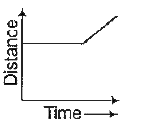
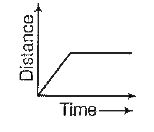
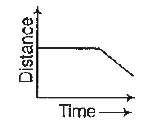
The correct Answer is:B
Topper's Solved these Questions
Similar Questions
Consider the following statements: Car I is parked near a post office II. Car II is moving along a straight road with uniform speed Which of the following distance?time graphs represents the motion of the respective cars?
View SolutionA car parked on road draw the shape of distance-time graph for it.
View Solution
Knowledge Check
A car parked on a road side from sometime, starts moving with a constant speed. Which of the following distance-time graph shows the motion of that car ?
A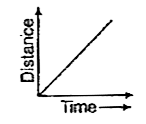 B
B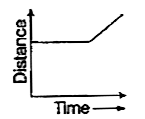 C
C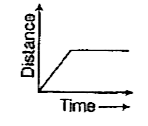 D
D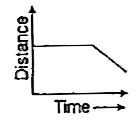
A car is moving along a straight level road with constant speed. Then
Athe work done on the car is infiniteBthe work done on the car is zeroCthe work done on the car is a measure of the gravitational potential energyDthe work done on the car cannot be foundA car is moving along a straight level road with constant speed. Then
Athe work done on the car is a.measure of.its gravitational P.E.Bthe work one on the car is zero.Cthe work done on the car cannot. be foundDthe work done on the'car is infinite.
Figure shows the distance-time graph for the motion of two vehicles A and B. Which one of them is moving faster?
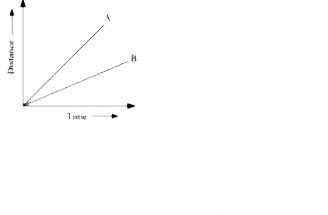
Distance-time graph for the motion of two cars
View SolutionStarting from rest a car accelerates unifromly with 3ms−2 for 5 s and then moves with uniform velocity. Drwa the distance-time graph of the motion of the car upto t = 7s.
View SolutionFigure given shows the distance - time graph of the motion of a car. It follows from the graph that the car is
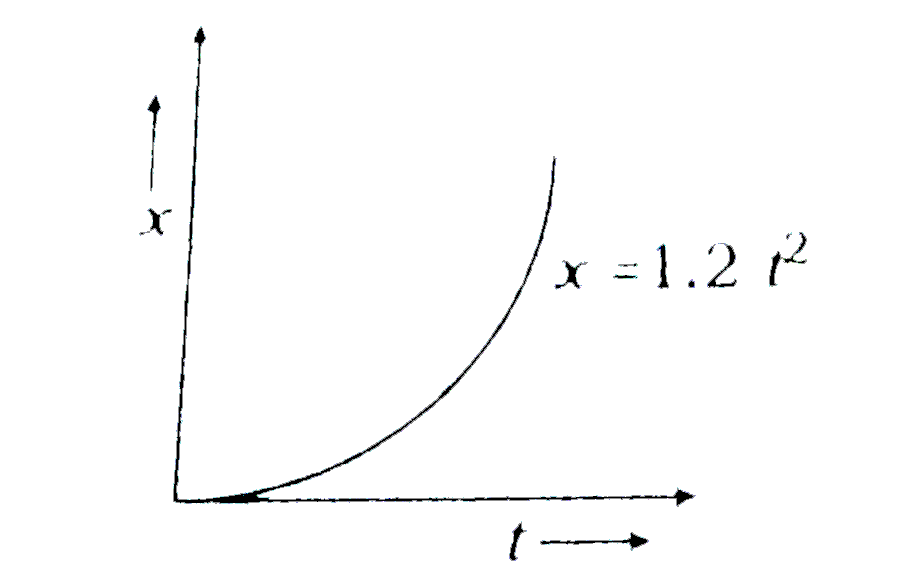
View SolutionFrom the given displacement - time graph of two cars moving on a straight road , which of the following is moving with greater velocity ?
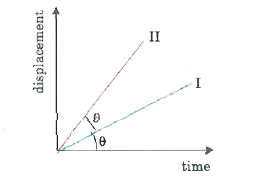
View SolutionFigure given shows the distance - time graph of the motion of a car. It follows from the graph that the car is

View Solution
